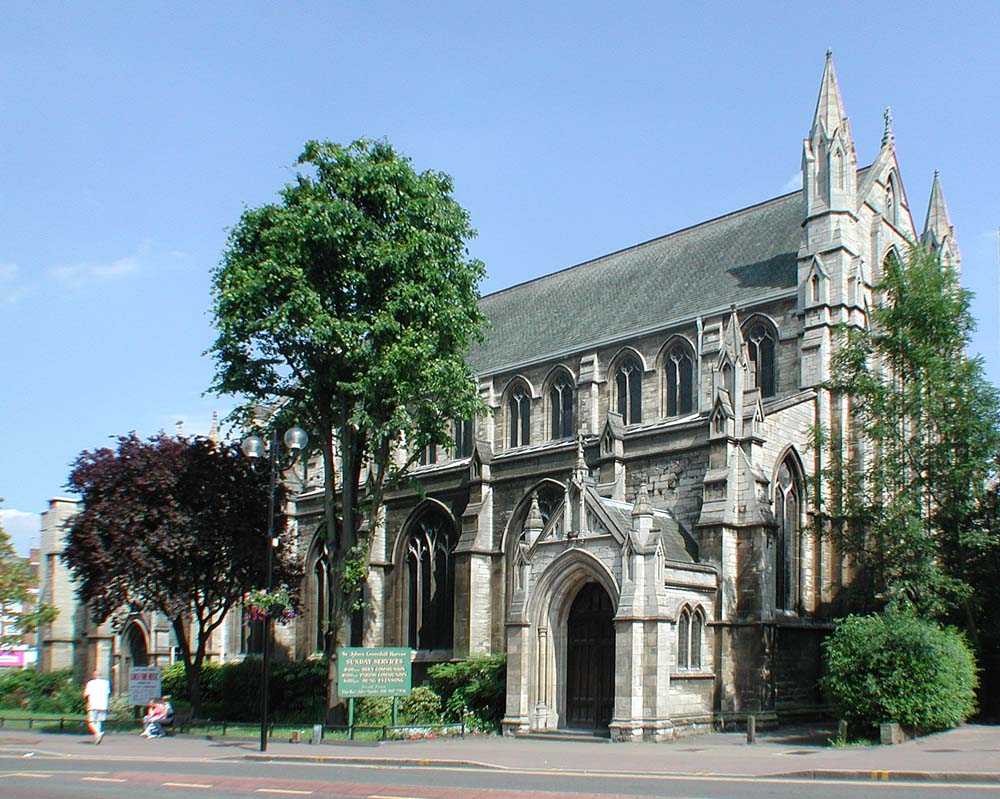About the Council
About the council
Harrow is one of the most diverse places in the country. It is the 12th largest London Borough in terms of geographical area with a population of approximately 252,338 as at 25th June 2020. Harrow covers an area of approximately 50sq km (just under 20 square miles) and over a quarter of the borough consists of open space, much of which is designated green belt or Metropolitan Open Land. Harrow has a strong entrepreneurial tradition with over 16,140 businesses located in the borough. It is well connected to London and the rest of the UK via the M1, M25 and M40 motorways and easily accessible for Heathrow Airport.
Key Facts about the Council
London Borough of Harrow provides a range of services to the local community. Its vision and priorities are directed by the political leadership and implemented by the Corporate Leadership Team (CLT).
London Borough of Harrow, in common with the majority of authorities in England, operates a ‘Leader and Cabinet’ model as its political management structure. This means that a Councillor is elected Leader of the Executive (Cabinet) by the Authority. The Leader has responsibility for the appointment of Members of the Cabinet, the allocation of Portfolios and the delegation of Executive Functions.
Organisational Structure
The Corporate Leadership Team (CLT) comprises the Council’s Senior Management Team. This team is made up of the Council’s Corporate Directors and Statutory Officers. The structure comprises of:
- Managing Director
- Corporate Director - Place
- Strategic Director of Adults and Public Health
- Director of Children Services
- Director of Finance and Assurance
- Director of Legal & Governance
The CLT manages the delivery of the Council’s services, improvements, and future plans for the London Borough of Harrow. It provides managerial leadership and supports the elected Members in developing strategies and reviewing the Council’s effectiveness in providing value-for-money services to the public.






Our values
Our values and the associated behavioural indicators define how we do things around here.
They are important because they will drive us to achieve our organisational aims. They will inspire us, challenge us, and lead us toward our goals.
Our values are:
Be courageous.
We are ambitious about what's possible, challenging the status quo and ready to step up and accept a challenge. We make brave decisions to achieve success, delivering on our promises and inspiring others to 'Think Big'.
Do it together.
We build strong, effective relationships across the organisation, sharing our knowledge and breaking down silos. We listen to others' opinions to inform decision-making and seek opportunities to drive collaboration with those that share our outcome. We value diversity and always treat others with empathy and respect.
Make it happen.
We are outcomes-focused, setting clear objectives within a framework and articulating what success looks like. We are decisive, agile and quick to act. We know what to do and have the conviction to do it. We break down barriers and enable others to be more effective. Our behavioural indicators roles below G11 and above G11
Here at London Borough of Harrow the vision is one of 'Working together to make a difference for Harrow'. Our new values are key to the success of the Harrow Corporate Plan. The way in which we operate, and our behaviours will drive the organisation towards our goals to:
- Be more business-like & business friendly.
- Protect the most vulnerable and support families.
Governance
London Borough of Harrow is responsible for ensuring that its business is conducted in accordance with the law and proper standards, and that public money is safeguarded and properly accounted for, and used economically, efficiently and effectively.
In discharging this overall responsibility, the Council is required to put in place proper arrangements for the governance of its affairs, facilitating the effective exercise of its functions, which includes arrangements for the management of risk.
Regulation 6(1)(a) of the Accounts and Audit Regulations 2015 requires ‘an authority to conduct a review at least once in a year of the effectiveness of its system of internal control and include a statement reporting on the review with any published Statement of Accounts (England)’.
The annual review of governance is an evidenced based self-assessment recorded in an evidence table supplemented by Management Assurance provided by Corporate/Divisional Directors and Local Government Peer Review.
Regulation 6(1)(b) of the Accounts and Audit Regulations 2015, requires that "for a local authority in England, the statement is an Annual Governance Statement".
The preparation and publication of an Annual Governance Statement in accordance with Delivering Good Governance in Local Government: Framework (2016) would fulfil the statutory requirements across the United Kingdom for a local authority to conduct a review at least once in each financial year of the effectiveness of its system of internal control and to include a statement reporting on the review with its Statement of Accounts.
In England the Accounts and Audit Regulations 2015 stipulate that the Annual Governance Statement must be "prepared in accordance with proper practices in relation to accounts" and must be "approved in advance of the relevant authority approving the statement of accounts.
Therefore, a local authority in England shall provide this statement in accordance with Delivering Good Governance in Local Government: Framework (2016) and this section of the Code".
The overall aim of the Framework ‘is to ensure that resources are directed in accordance with agreed policy and according to priorities, that there is sound and inclusive decision making and that there is clear accountability for the use of those resources in order to achieve desired outcomes for service users and communities’.
The Annual Governance Statement explains how the Council has complied with the framework and meets the requirements of regulation 6 of the Accounts and Audit Regulations 2015 in relation to the publication of a statement of internal control (Annual Governance Statement).
Governance Structure
The Governance Structure comprises the arrangements (including political, economic, social, environmental, administrative, legal and other arrangements) put in place to ensure that the intended outcomes for stakeholders are defined and achieved and to meet the core governance principles stated in the Framework. The Governance Structure includes key documents to improve accessibility for staff and the public.



